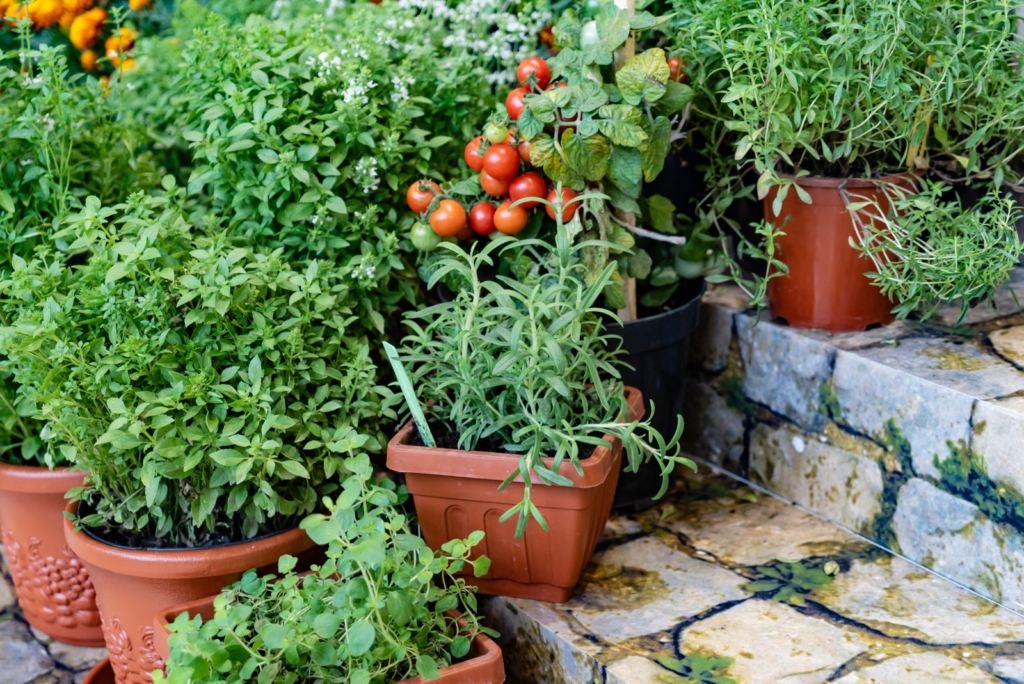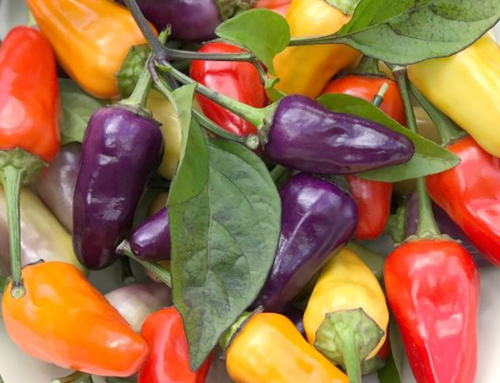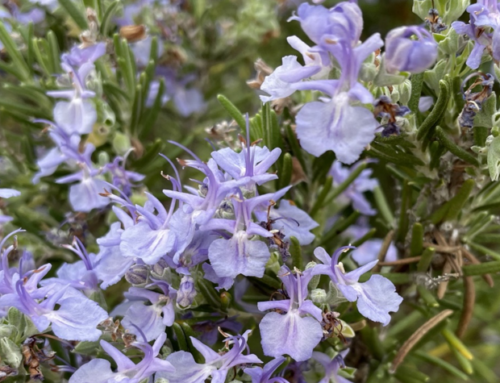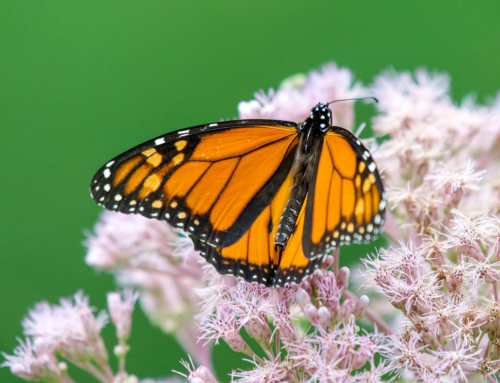
The smell of fresh herbs tickles the senses whether they are added to our food, blended to create fresh teas, experienced as aromatherapy, or dried and used as air fresheners. Herbs enhance all they touch. In our northern climate, we have long been able to enjoy herbs from our gardens every summer, then drying them for use in the winter. But what if we could extend our enjoyment of fresh herbs throughout the year?
Many types of herbs can be grown successfully in containers, making them more visible to us, particularly if they are planted for their beauty. Herbs are either annuals or perennials (a rare few are considered to be biennial). Annual herbs last one season and will then need to be reseeded. Examples of annual herbs include basil, cilantro/coriander, dill, German chamomile, summer savory, and parsley. Perennial herbs, however, grow year after year. Herbs that require well-drained growing media and tender herbs that need to be wintered indoors grow best in containers.
The Nuts and Bolts of Growing Herbs
For the most part, herbs can be grown in almost any type of container, as long as it has adequate drainage. Terra cotta and clay pots are popular as they provide a stable anchor and allow air to move through the root zone. Plastic works well if you are creating a larger pot with multiple plants. Loose, well-draining growing media is needed – bagged soil-less mixes work well. Select herbs that are small and slow growing for easy maintenance. Some of the herbs recommended for container gardening include Variegated sage, purple sage, golden sage, parsley, Greek oregano, rosemary, marjoram, bush basil, thyme, chives, and summer savory.
Most herbs require full sun (6-8 hours of sunlight each day) whether they are grown indoors or outdoors. In the heat of the summer, watering may need to be more frequent. Some herbs need to dry out between each watering, others like to keep a little moisture. BE SURE TO READ THE LABEL so you know the needs of the plants you are choosing. Herbs do not need much fertilizer as compared to other container plants but will benefit from periodic light fertilizing with a dilute fertilizer solution. Consider labeling your pots with their watering needs to make maintenance easy.
PINCH, PINCH, PINCH the plants to manage growth and to enjoy the flavor of the herb when it is at its best! Annual herbs can be harvested regularly, as long as you leave 4-6 inches of plant material. Perennials cannot be harvested as heavily, so remove no more than the top third of the plant or leafy tip growth. Leafy herbs should be harvested when the leaf quality is at its optimum.Have Some Fun Creating Your Herb Container!
For attractive and more versatile containers, mix annual herbs with annual flowers, or perennial herbs with perennial flowers. You can also use herbs in vegetable containers to add texture and fragrance. When mixing different herbs together to create beautiful arrangements make sure the plants are compatible regarding watering and light needs.
Tip: Container grown herbs can be grouped according how they are used. If you enjoy Italian cuisine consider combining basil, oregano, parsley, sage, rosemary, thyme in one to two containers. Group aromatic herbs such as sage, lavender, chamomile as they are not only for cooking, but also for medicinal or aromatherapy.
For tea lovers, a charming container garden filled with sweet and tasty herbs is a treat. You can enjoy the leaves and/or flowers of the herbs, combine herbs to make unique blends, or use select herbs to enhance the flavor of your favorite black, green, or white tea. Consider combining Crazy Sweet Stevia (for sweetening) with German Chamomile, Lemongrass, Spearmint, and Variegated Peppermint together in one pot. Start your Pot of Tea container in the spring. By early to mid-summer your plants will be ready to be snipped.
When you are ready to brew a cup of tea, harvest 2-3 tablespoons of fresh herbs for each cup of tea. If you have never tried Stevia, try adding just one or two fresh leaves for each cup of water. Boil the water, then pour it over the herbs in a teapot and place the cover on top. Let the tea steep for 5 to 10 minutes, then try a sip to see if you have captured the right flavor. Let the tea steep longer for a stronger flavor or go ahead and pour yourself a cup. Savor the taste of truly fresh tea from your garden!
By Liza Cameron, Hennepin County Master volunteer




